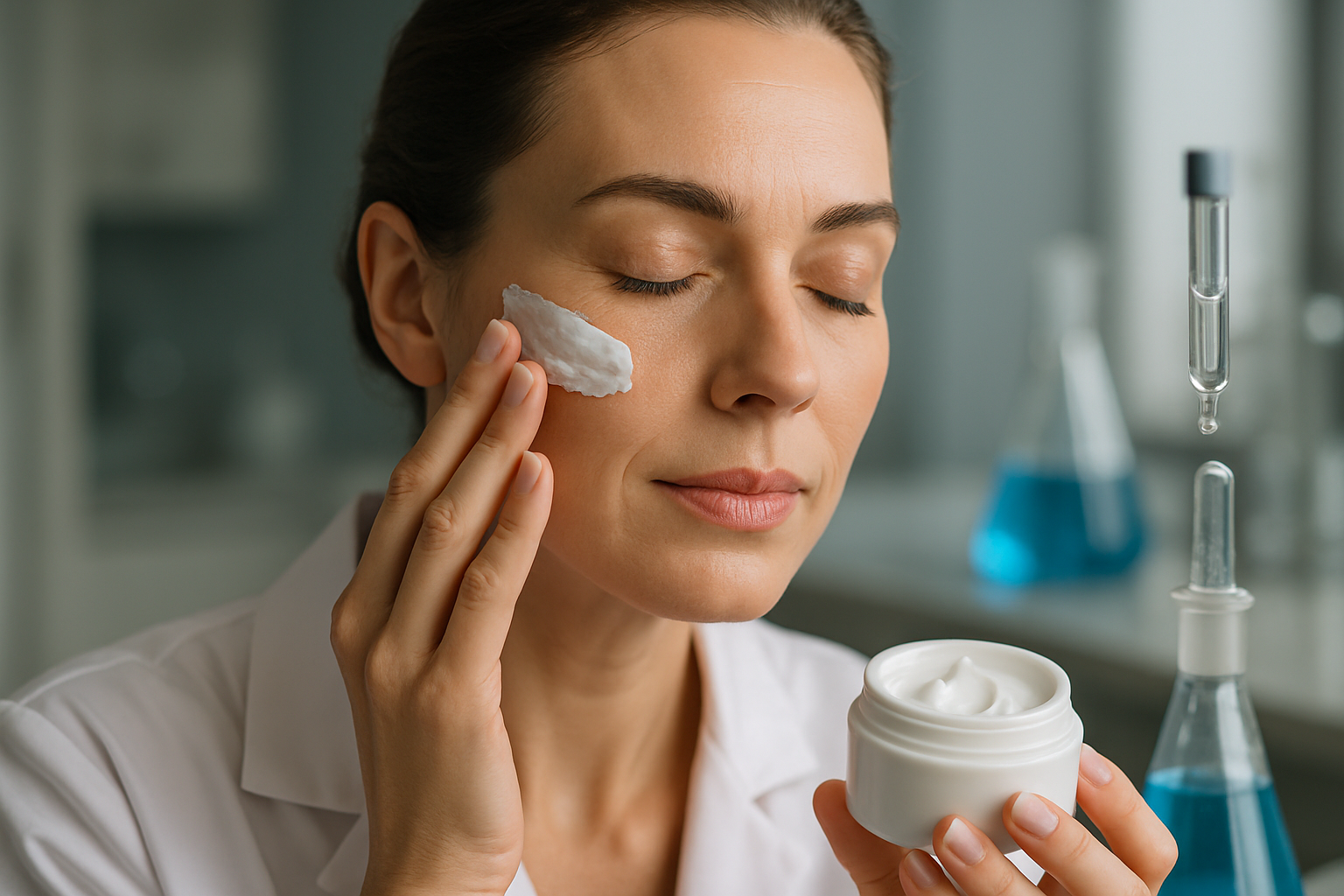Cosmetic Product Testing: Methods, Safety, and Industry Standards
The cosmetic industry relies on rigorous testing protocols to ensure product safety and efficacy before reaching consumers. From initial formulation to final market release, cosmetic products undergo comprehensive evaluation processes that assess everything from skin compatibility to long-term stability. Understanding these testing methods provides valuable insight into how the beauty industry maintains quality standards while meeting regulatory requirements across different markets worldwide.

Cosmetic product testing represents a critical foundation of the beauty industry, ensuring that millions of products reach consumers safely every year. Modern testing approaches have evolved significantly from early practices, incorporating advanced scientific methods and ethical considerations that prioritize both human safety and animal welfare.
Discovering Cosmetic Product Testing Methods and Safety Protocols
Cosmetic testing encompasses multiple methodologies designed to evaluate different aspects of product performance. Patch testing remains one of the most fundamental approaches, where small amounts of product are applied to controlled skin areas to assess potential allergic reactions or irritation. Microbiological testing ensures products remain free from harmful bacteria, fungi, and other contaminants throughout their shelf life.
Stability testing involves exposing products to various temperature and humidity conditions to simulate real-world storage scenarios. This process helps manufacturers determine appropriate expiration dates and packaging requirements. Additionally, photostability testing evaluates how products react to light exposure, particularly important for items containing active ingredients that may degrade under UV radiation.
Exploring Cosmetic Product Testing Standards and Benefits
Industry standards vary significantly across different regions, with organizations like the FDA in the United States, the European Medicines Agency in Europe, and similar regulatory bodies worldwide establishing specific requirements. These standards typically mandate toxicological assessments, ingredient safety evaluations, and comprehensive documentation of testing procedures.
The benefits of rigorous testing extend beyond regulatory compliance. Thorough evaluation processes help manufacturers identify potential issues before market launch, reducing the risk of product recalls and protecting brand reputation. Consumer confidence increases when products undergo transparent testing protocols, leading to stronger market acceptance and customer loyalty.
Understanding Industry Insights and Best Practices
Modern cosmetic testing increasingly emphasizes alternative methods that reduce or eliminate animal testing. In vitro testing using cultured human cells provides valuable data about skin absorption and cellular responses without requiring animal subjects. Computer modeling and artificial intelligence now play growing roles in predicting product behavior and identifying potential safety concerns.
Best practices in the industry include implementing comprehensive quality management systems, maintaining detailed testing documentation, and establishing clear protocols for addressing adverse reactions. Many companies now invest in advanced laboratory facilities and partnerships with specialized testing organizations to ensure thorough evaluation processes.
| Testing Service | Provider | Cost Estimation |
|---|---|---|
| Basic Safety Testing | SGS Cosmetics | $2,000 - $5,000 |
| Comprehensive Product Testing | Intertek Consumer Goods | $5,000 - $15,000 |
| Microbiological Testing | Eurofins Scientific | $500 - $2,000 |
| Stability Testing | ALS Environmental | $1,500 - $4,000 |
| Patch Testing Services | TKL Research | $3,000 - $8,000 |
Prices, rates, or cost estimates mentioned in this article are based on the latest available information but may change over time. Independent research is advised before making financial decisions.
The regulatory landscape continues evolving as new ingredients enter the market and consumer awareness about product safety increases. Many regions now require pre-market safety assessments for cosmetic products, particularly those containing novel ingredients or making specific claims about anti-aging or therapeutic benefits.
Emerging technologies like genomic testing and advanced imaging techniques provide deeper insights into how cosmetic ingredients interact with different skin types and conditions. These innovations enable more personalized product development and targeted testing approaches that better serve diverse consumer needs.
Cosmetic product testing represents an essential intersection of science, regulation, and consumer protection. As the industry continues advancing toward more sustainable and ethical practices, testing methodologies will likely become even more sophisticated while maintaining the fundamental goal of ensuring product safety and efficacy for all users.




